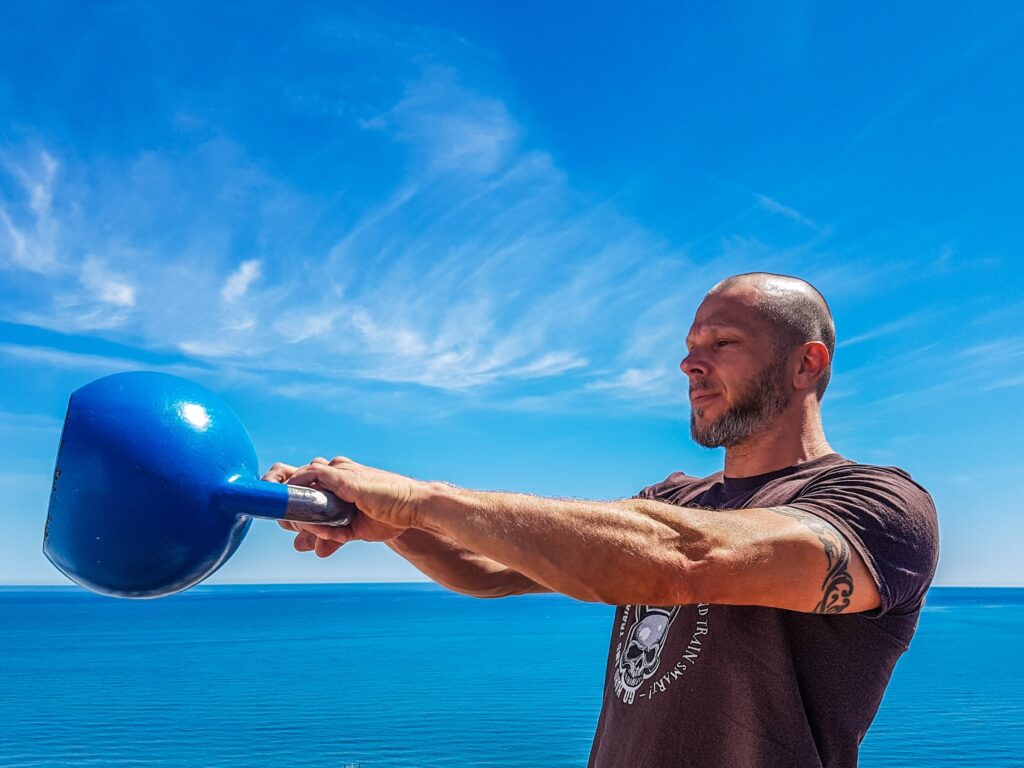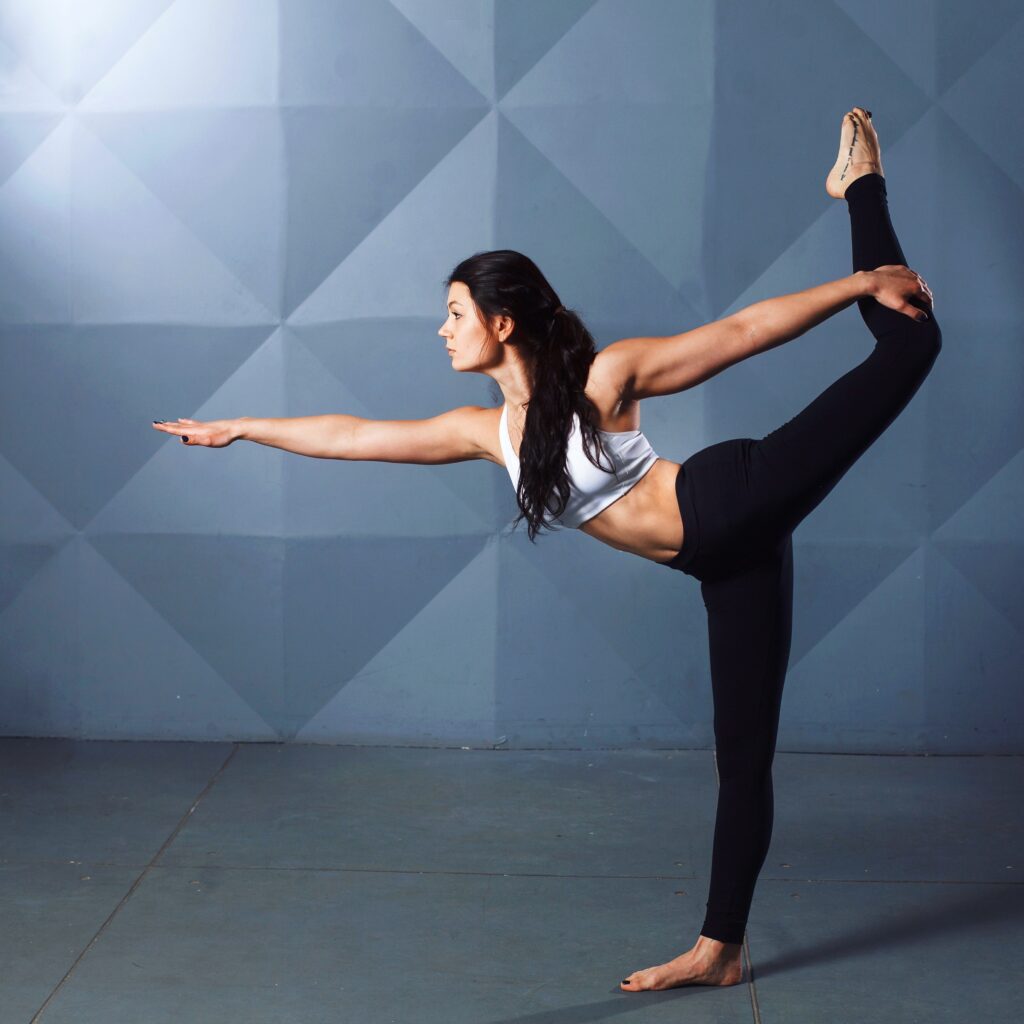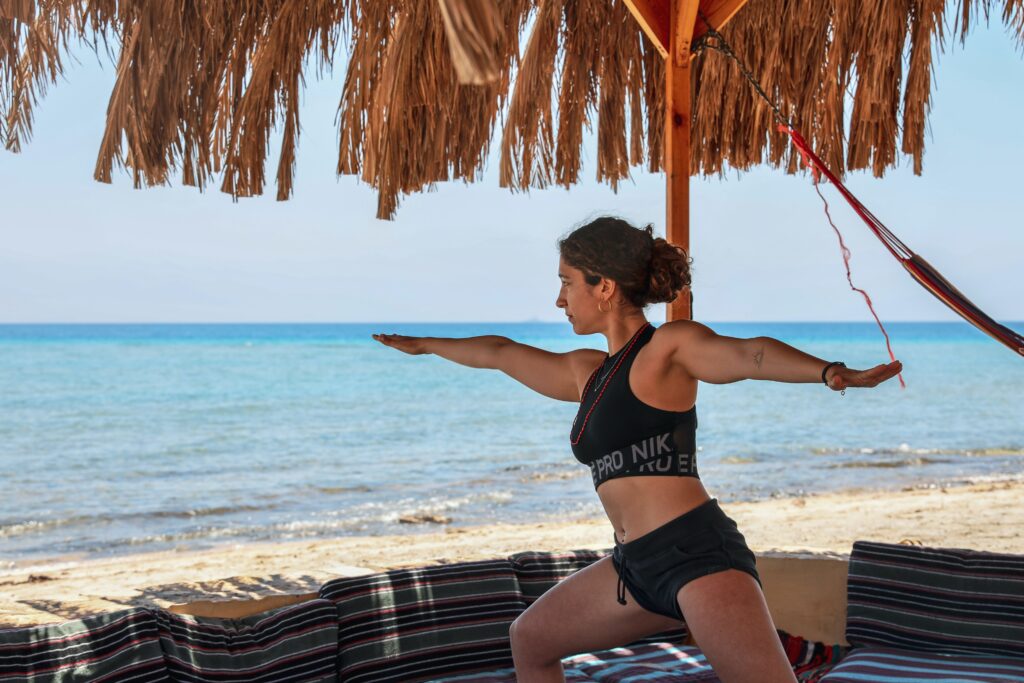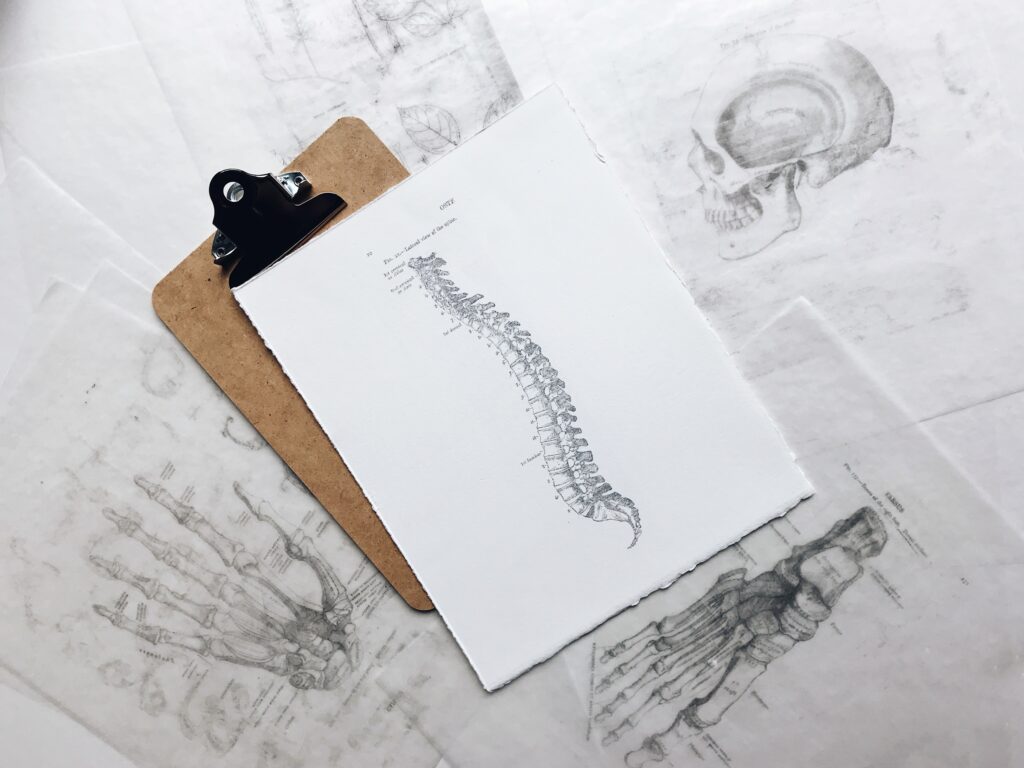Best Exercises for Lower Back Pain
Cycling does great things for your body but sometimes it is a nuisance on your muscles—making back pain among the most common complaints from cyclists. However, you can improve your performance by keeping your back strong. It will also help you avoid discomfort or pain from aggressive road cycling positions.
In this article, we’re going to discuss some exercises that will help you improve your posture, strengthen your posterior chain, and reduce fatigue while riding:
Superman:
Superman helps to balance the hunched over position that cyclists spend most of the time doing when riding.
Lying on the floor while facing down, extend your arms forward above your head while raising your arms, legs and chest off the floor. Hold for 2-3 seconds, focusing on contracting the glutes and muscles in your lower back. Slowly, lower your upper back to the starting position and repeat this ten times.

Kettle Bell Swings:
Lower back pain can occur due to the posterior chain and lumbar extensors being weak. Kettlebell swings help build strength in the lumbar extensors and hamstrings.
With both hands, grab a kettlebell and stand tall with your feet shoulder-width apart.
Tighten your core while keeping your shoulder blades back. Bend your knees slightly, shifting your weight to your heels.
Keeping your lower back flat, drop your butt and hinge at the hips with a neutral spine and swing the kettlebell in between your legs. Swing through the hips for power and let the kettlebell swing upward, aiming to reach chest height. Drop the weight naturally between your legs and repeat the movement three times of 10 repetitions each.
Bent-Over Rows:
A road bike aggressive position can place stress on the shoulders and upper back because you’re constantly reaching for the bars for long periods of time. This exercise strengthens the muscles and the upper back that attach to the scapula to prevent fatigue and pain.

With your knees bent and feet shoulder-width apart, bend forward at your hip and keep your chest parallel to the ground. Pull your shoulders back and your back flat. Holding a kettlebell, dumbbell or any weighted item in one hand pull it towards your chest. Keep it close to your body and slowly lower the arm to the starting position while keeping a straight back.
Perform this ten times before switching to the opposite arm. Repeat three sets each side.
Dumbbell Deadlift:
Deadlifts strengthen the lower back and core. This deadlift is modified with a dumbbell instead of a bar, making it easier to maintain proper form with less stress on the lower back.
With your feet shoulder-width apart, stand tall with a dumbbell in each hand. Lower your hips while keeping your chin and head tucked into the body with your lower back flat. The upper body, that is, from your butt to the head, should form a straight line as you lift your chest.
Put the weights down to the mid-shin. While standing, use your hips and legs for power, exert your weight onto your heels. Your arms and back should stay straight as you return to your starting position. Perform this exercise three sets, ten times each set.
Stability Ball Hip Extension:
This exercise will give you great strength, balance, and hip stability to produce power on the bike.
Lie with a stability ball under your hips and stomach, placing your hands on the ground directly under your shoulders. Legs should be behind with toes on the ground similar to push-up position.
Lift your legs off the floor while keeping your shoulder blades together. Raise your legs higher than parallel and avoid bending the knees. Lower your feet slowly to the ground. Complete ten repetitions, 3 sets each.

Planks with Leg Lift:
Plank is also a good exercise for your back and core. The exercise is slightly difficult because of the alternate lifting of legs, but this helps build great strength at the lower back.
Lie in a plank position—your hands plank with elbows right under your shoulders and extend your legs straight behind you. Your ankles, shoulders, and head should align while you tighten your core.
When you’re ready, raise one leg slowly to about 4-6 inches off the ground and hold for about 3 seconds before you lower to the ground and switch to the opposite leg. Perform at least three sets 10 times each leg and as it gets easier, you can reduce repetitions and hold each for a longer time.
Quadruped:
Get on all fours, keeping your knees under your hips and arms directly under your shoulders with your back straight. Engage your core to keep your spine in the same position. When you’re ready, lift one hand and opposite leg simultaneously.
Lift your leg and arm until they are in line with your back and try to reach as though trying to touch two walls that are far apart. Switch to the opposite arm and leg in the same position. Repeat the exercise 15 to 20 times each side.
Hook lying – Opposites Extension (Dead Bug):
Lie on the ground, face up and point your arms to the ceiling.
Keep your knees and hips at 90 degrees with your feet up in the air. Engage your core, slowly lower one arm above your head, and straighten the opposite leg. Keep your core engaged so that your back does not arch and lift off the floor.
Return to the starting position, repeating the motion with the opposite leg and arm. If you cannot fully extend your arms and legs, do as much as you can. Complete two sets of each side with 15-20 reps.
Single Legged Touchdown Squat:
Lift your arms by your side and stand on one foot. Bending your knee, move your lifted leg behind, and lower your hips to a partial squat. Bend forward, bringing your upper body over your thigh and keep your hands pointed to the floor.
Bring your hands to touch the floor with your fingers slightly in front of the foot. Going back to the same position, extend the hip and knee at the same time. Repeat this exercise twice, 20 repetitions on each side.

Warrior 3:
This classic yoga pose is great for cyclists. It will help you build a strong and fatigue-resistant back.
Stand with your feet shoulder-width apart and your arms by your sides. Keeping one leg straight, put all your weight on it, and hinge forward at the hips while you raise your other leg straight behind you.
Keep your elevated leg straight, your arms by your side, forming a straight line from shoulders to your heels.
Control the movement slowly. To form a straight line from the fingertips to the heels, you can reach your hands over your head. This exercise enables you to hinge your arms forward enough and raise your leg parallel to the ground.
However, this needs a lot of practice—you might need to slightly blend your supporting knee to start with. Repeat this exercise twice with 15-20 repetitions on each side.
Some practical tips to build a better back for cycling:
Here are some of the tips that can help you build a better back for cycling:
Your back is also part of your body—
No part of the body works on its own. Your back is an important link between your legs and the upper body. If your back gets sore during cycling but is pain-free during daily activities, you need to consider the whole system.
Lower back pain is a sign there is something wrong but normally difficult to pinpoint, so you may want to consider speaking to a specialist.
Physical therapy and bike fit—
To eliminate your bike-related back pain it is best to seek professional help from a physical therapist who is trained in bike fitness or a bike fit specialist. Physical therapy and bike fit go hand in hand.
Your bike fit will show your current condition—if your hamstrings are tight, you will need to sit with your pelvis posteriorly rotated for an upright cycling position. If your hip flexors are tight, your pelvis may need to be anteriorly rotated and a saddle with a cutout to reduce pressure on the perineum.
When you exercise to increase your motion range and address your muscle imbalances, you will improve your cycling position to the point where you can keep a more neutral spine using your core muscles for support. During longer rides, your hands could go numb and shoulders get sore. This is because you are forcing them to hold up almost the whole weight of your upper body.
Strengthening Your Back for a Better Bike Ride
The different types of exercises explained above can help you strengthen your lower back and your core. These exercises work well for cyclists both experienced and newbies.
Hopefully, this article has given you enough information that you need to take care of your back and enjoy your biking experience. However, if you need a comprehensive plan, consult your physical therapist or coach.

